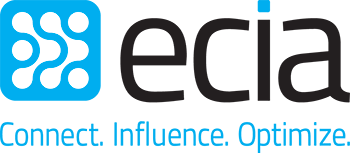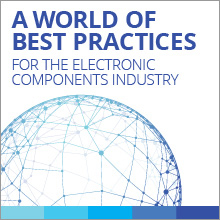Overall Description
For years, the mining and sale of certain minerals in the Democratic Republic of the Congo (DRC) and adjoining countries have helped fund conflicts contributing to an emergency humanitarian situation. Conflict Minerals are minerals mined in conditions of armed conflict and human rights abuses, by various armed rebel groups. The profits from the sale of these minerals finance continued fighting in the ongoing wars. These minerals include Cassiterite (tin), Wolframite (tungsten), Coltan (tantalum), and Gold. They've become known as 3TG.
In an effort to stop the exploitation of these minerals, the Dodd-Frank Wall Street Reform and Consumer Protection Act includes Section 1502 Conflict Minerals. This section requires changes to the Securities Exchange Act of 1934 to include requirements for disclosures relating to conflict minerals originating in the Democratic Republic of the Congo (DRC). Identifying these minerals and their source will help de-fund the armed groups creating the humanitarian emergency in the DRC.
Legislation to repeal the conflict minerals provisions of the “Dodd-Frank Act” is advancing in Congress. On November 15, the House Committee on Financial Services marked up a bill (H.R. 4248) to repeal section 1502 implementing certain disclosures requirements related to conflict minerals. The committee mark-up is the first step in enacting legislation to repeal what the National Association of Manufacturers characterizes as “costly, burdensome, and impracticable requirements” for disclosing the sourcing of tantalum, gold, tin and tungsten from the DRC. ECIA will monitor the progress and provide updates when available.
Does this apply to my company?
The bottom line is that if you manufacture products that have any of the 4 minerals (tin, gold, tantalum, tungsten) in them, and you are a publicly traded company, you have actions as a result of the Conflict Minerals section of the Dodd-Frank Act. These actions range from completion of new form SD to due diligence and completion of an audited Conflict Minerals Report. Of course, like RoHS and REACH and any number of other regulations, you may not be subject to the regulations specifically, but you will be involved in supply chain actions. Your customers will want information about the conflict minerals status of the parts they buy, you’ll probably be involved in someone’s due diligence, you may be required to identify DRC Conflict Mineral parts, and other supply chain considerations.
Resources for learning more about conflict minerals
Regulatory and legal updates – There have been several legal challenges to the Conflict Minerals regulations. This section will continue to monitor and report on regulatory changes. Complete listing of regulatory and legal updates
U.S. Department of State Information – October 2018
Company information – Although your company may not be responsible for submitting a report to the SEC you still have to answer questions from your customers. ECIA has created a resource so customers can come to one place to find the Conflict Minerals statements or reporting forms. Complete company list
Final rules released – The SEC has released its final rules for implementation of the Conflict Minerals portion of the Dodd Frank Act.
ECIA summary of the The Dodd Frank Act Conflict Minerals Final Rules
SEC’s Final Rules for the Conflict Minerals Section of the SEC Conflict Minerals Final Rules
ECIA Position Paper on Use of the EICC GeSI Reporting Template
Resources for completing the forms for the SEC
Conflict Minerals Reporting Template (CMRT)
This is the industry standard reporting template to report conflict minerals status of parts.
Form SD
This is the form required by the SEC to be completed if you are subject to the regulations.
OECD guideline for completing due diligence requirements
In some cases, companies will be required to complete due diligence as part of the OECD Due Diligence Guidance.


